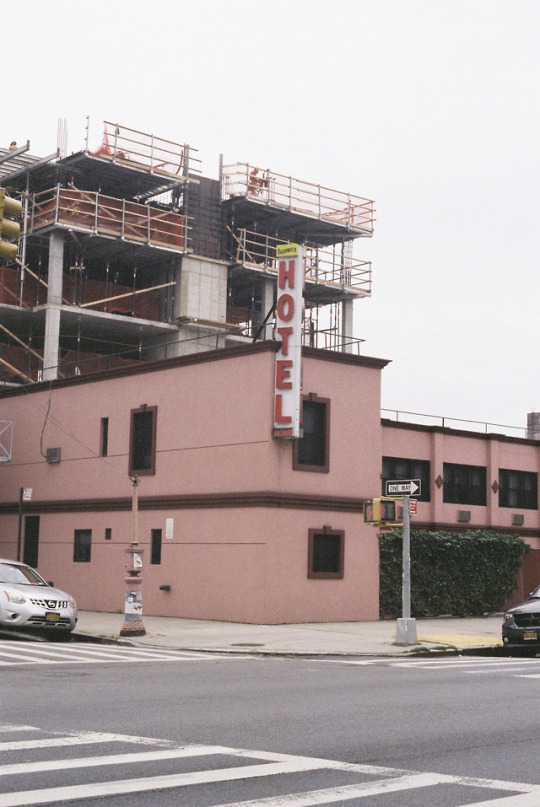Text
youtube
Kanye West and Jacques Herzog
5 notes
·
View notes
Text
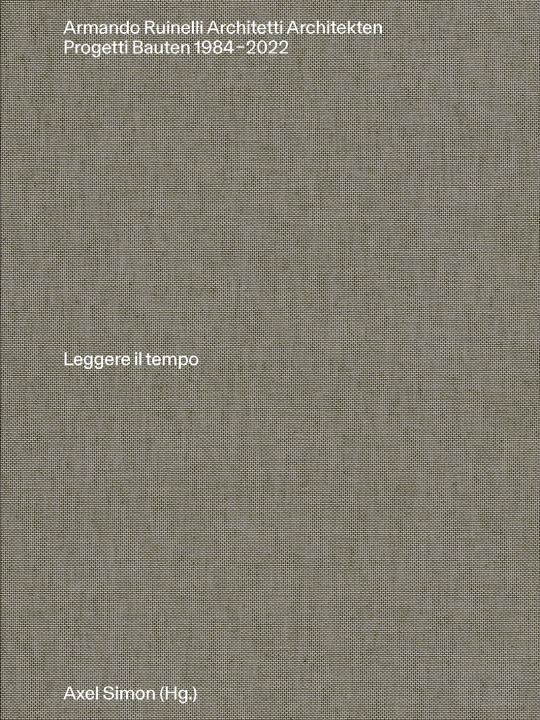
Armando Ruinelli Architetti Architekten, Progetti Bauten 1984-2022
Leggere il tempo
Park Books
Buy here
#architecture#books#architecture books#swiss architecture#Ruinelli Associati#Armando Ruinelli#architects library#park books
2 notes
·
View notes
Text

El Croquis, Pezo von Ellrichshausen, 2022
buy here
#architecture#books#el croquis#pezo von ellrichshausen#chile#chile architecture#architecture book#architecture library#architecture student#books for students
1 note
·
View note
Text

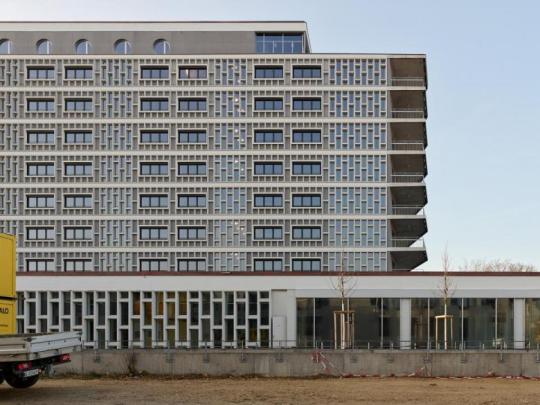
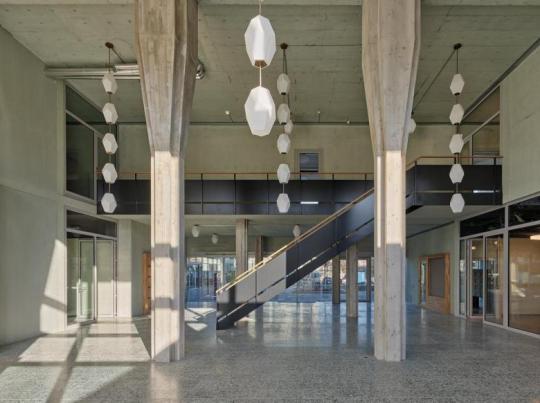
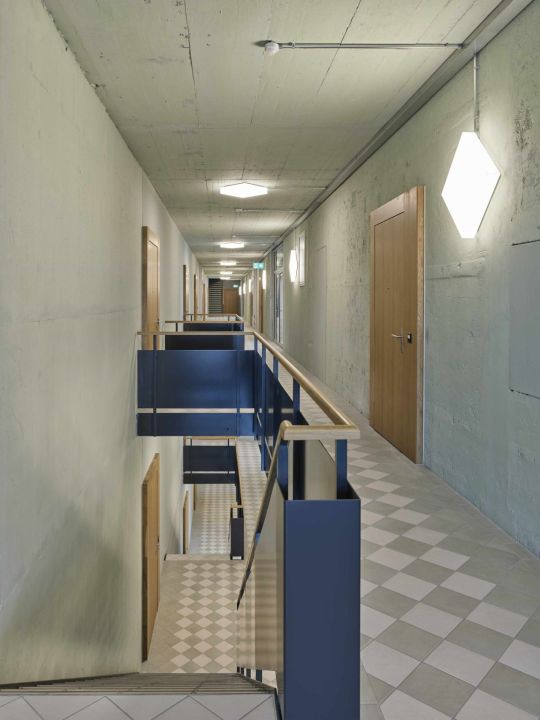
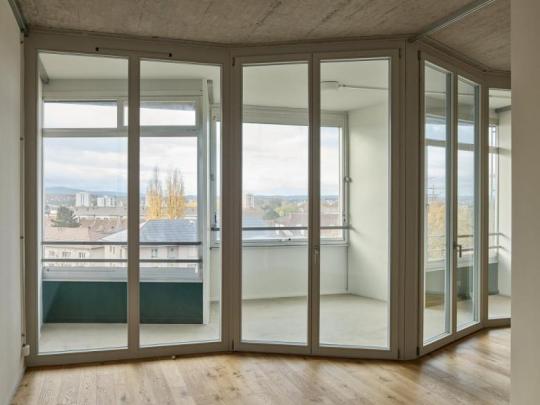
Müller Sigrist Architekten, Umnutzung Felix Platter Spital, Basel, 2022
Renovation of a former hospital into apartments for a housing cooperative in Basel.
photos: Ariel Huber
#architecture#mullersigrist#basel#conversion#umnutzung#renovation#heritage#bauenimbestand#switzerland#reuse#2022#arielhuber#wohnen&mehr#genossenschaft#cooperative#coop#housing cooperative#mixed use#historical building#highrise#hochhaus#hochhaus basel
0 notes
Text




Oma, Seattle Public Library, 2004
#Architecture#Oma#Rem Koolhaas#Seattle#Library#Seattle public library#schau#Maarten Van Severen#Petra Blaisse
16 notes
·
View notes
Text



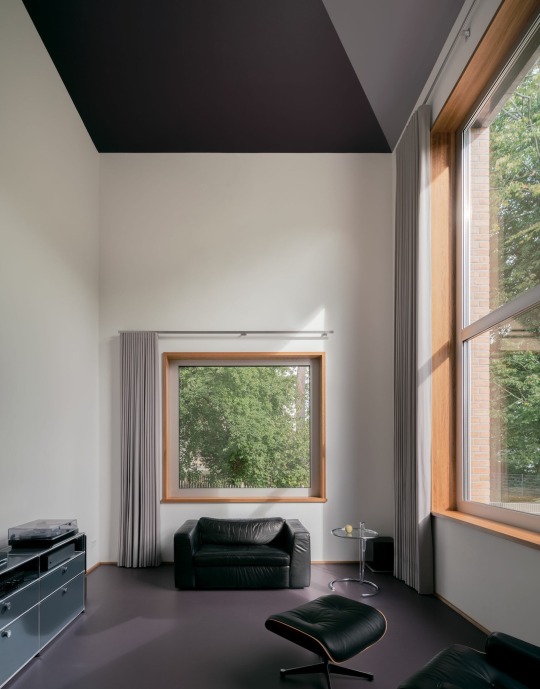
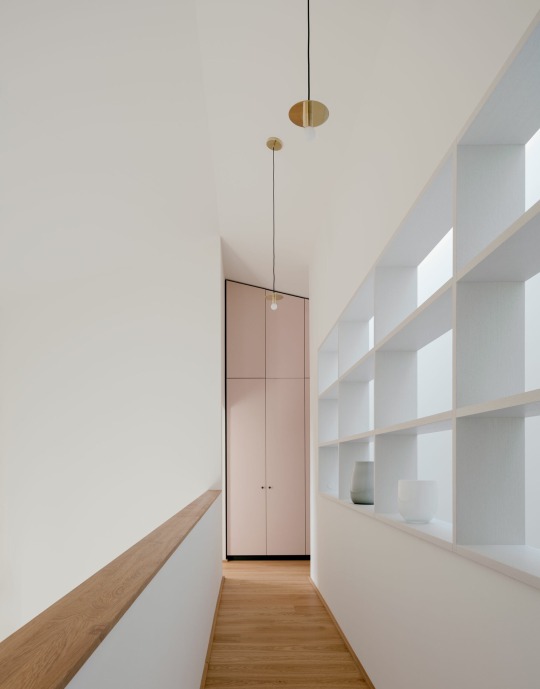

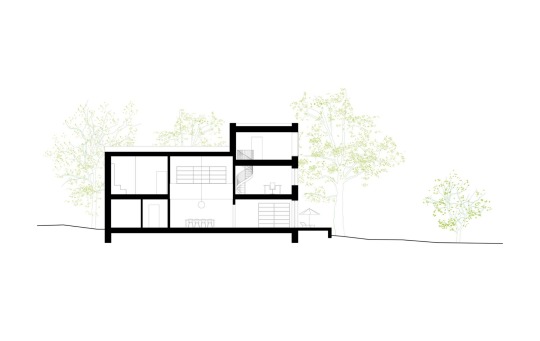
Weyell Zipse, Haus P, Stralsund, 2021
Fotografie: Simon Menges
8 notes
·
View notes
Video
youtube
3 notes
·
View notes
Video
youtube
OMA & HdM
Astor Place Hotel, Commissioned Study, 2000
6 notes
·
View notes
Photo
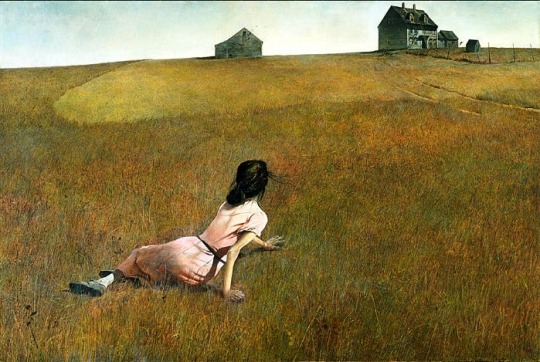
Andrew Wyeth
Christina's World
1948
26 notes
·
View notes
Photo
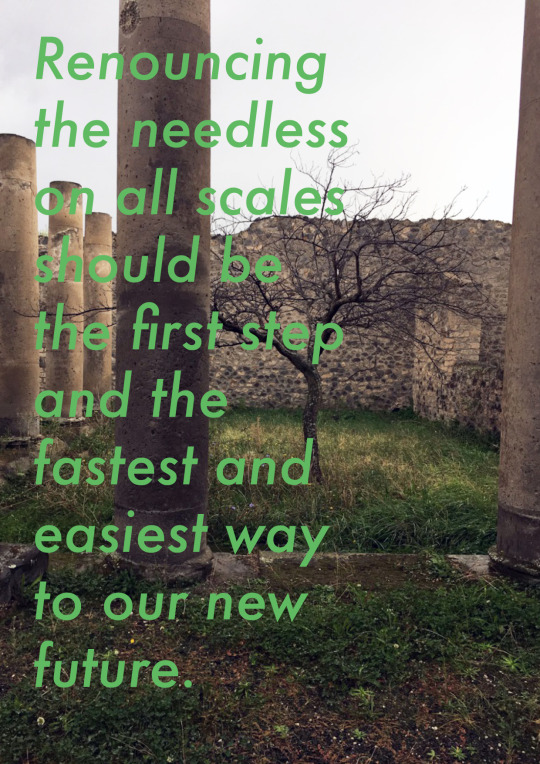
We need to built better and we should renounce the nonessential.
You are welcome to vote for my Idea at the Future Architecture Platform.
http://futurearchitectureplatform.org/projects/c141c996-540f-4458-b73c-cfe5d1375cee/
6 notes
·
View notes
Photo
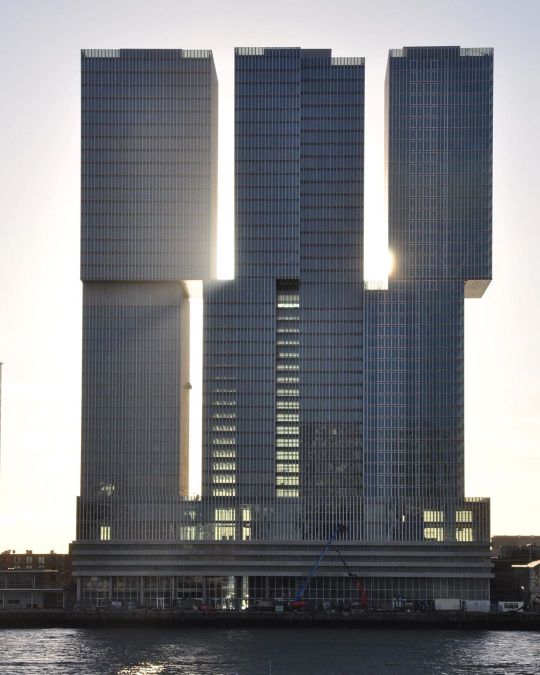
OMA, De Rotterdam, 1997-2013 (at Rotterdam, Netherlands) https://www.instagram.com/p/B4QFaX6FJYZ/?igshid=19szpdbqotrn3
237 notes
·
View notes
Photo
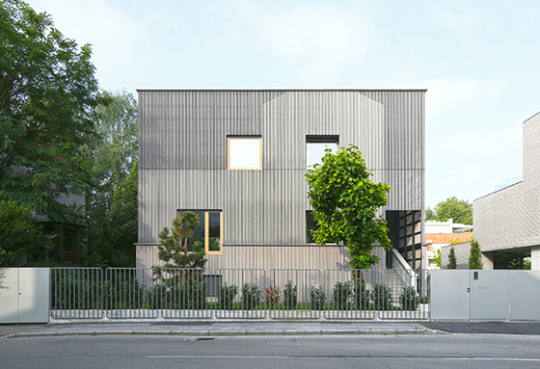




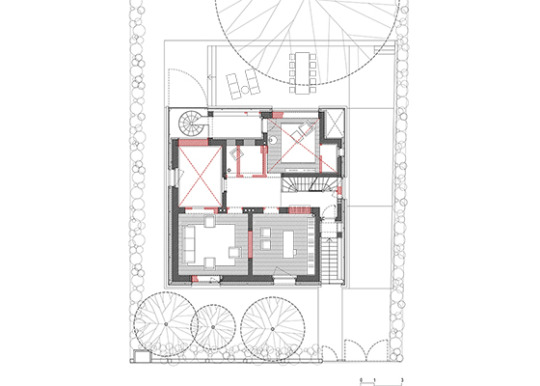
Bevk Perović arhitekti, House T, Ljubljana
photo: Urban Petranovič
9 notes
·
View notes
Video
youtube
Pipilotti Rist, Lullaby, 2002
0 notes
Photo
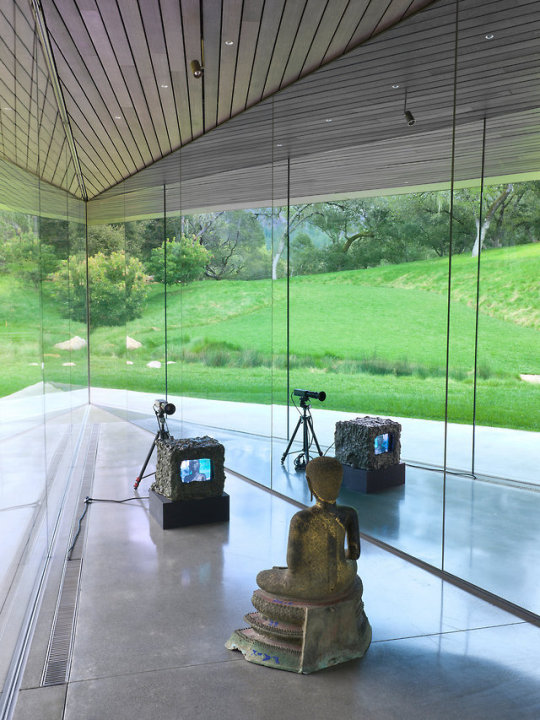

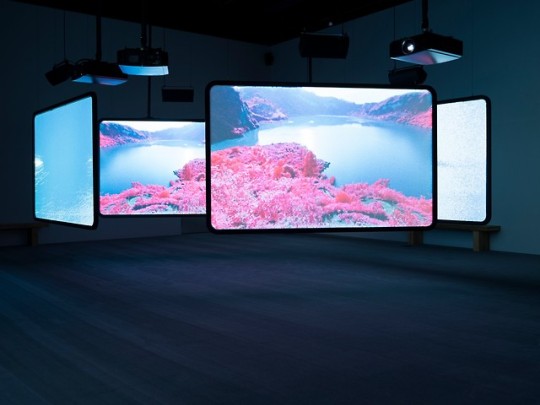
Pam and Dick Kramlich were introduced to us through Christian and Cherise Moueix, for whom we planned the Dominus Winery in the neighboring town of Yountville a few years ago. Cherise told us that, unlike the many influential art collectors living in Napa Valley, the Kramlichs collect media art, like video, films, CDs, slides, etc. Over dinner in a noisy restaurant we spoke almost exclusively about the videos Pam and Dick had acquired. We were very impressed by the fact that the Kramlichs would choose to focus on media art instead of succumbing to the temptation to collect "real", that is, traditional, tangible art that can be put on display. This uncompromising commitment surprised and fascinated us and later inspired the radical architectural approach to the task entrusted to us: a residence that would also be an exhibition space for media art or, conversely, an inhabitable media installation tailored to meet the daily requirements of Pam and Dick Kramlich. A home as a media installation or a media installation as a home? Whichever way you look at it, our initial idea was to unite life and art, rather than separating them as usually happens in the case of media art. The alienation caused by darkened and wired rooms full of technical apparatus all too often leads to a break between viewer and artwork, which would be aggravated and even more bothersome in a home than in a public museum. We tried to come up with a spatial concept that would structure but not completely separate the various areas and needs of daily life: one single space with places that have different characters that can, in part, be set apart as intimate niches or more open areas. Our architectural treatment of the space was devised to allow the exterior, the interior, and the artists’ projected images to flow into each other. From the beginning, we worked with the idea of curved, glazed walls because the curvature of the walls both enhances continuity and structures space while the transparency of the glass not only reveals the structuring but also allows it to be experienced as part of a greater whole. Once again glass fulfills the dual function that we love so much. On one hand, it verges on "nothing", on total transparency, on the absence of materiality. On the other, we exploit its materiality since the boundaries of the room become visible where the curved walls intersect. Due to the reflecting quality of glass, the curvature underscores both the visibility and the invisibility of the material. In the first sketches the curved system of walls was limited and enclosed in a rectangular system. We then rejected this layout because we wanted to relate and blend inside and outside in a way that cannot be achieved with the classical, binary form of juxtaposition. In subsequent sketches we had all the longitudinal walls follow an undulating line so that inside and outside walls intersected, forming chambers for various uses. We finally came up with a concept for one large, undivided space with no hallways or other adjoining rooms. The result: a spatial continuum, open, flowing and unified, that also incorporates a potential grouping of space that meets the requirements of privacy. Since our spatial concept was developed from inside out, we did not at first focus on the appearance of the house from outside. As it turned out, the space generated by the curvature led to a fish-shaped whole. However, we did not want a figurative analogy of this kind. We realized, in fact, that we didn’t want a building at all, or rather not a distinctive one that would immediately be identified with a specific shape. So we had to find a means of playing down the figurative and physical presence of the building. Suddenly we realized that the only viable solution was to project the roof as far as possible. The first models provided compelling confirmation of this insight. Gathered together under the roof, the seemingly organic shape suddenly dissolved into single curved walls again, which intersect with other curved walls as they proceed through the house, thus generating chambers of varying size and shape. The single wall, curved so that it is inside at times and outside at others, as its moves past bathroom or bedroom or living room, this wall that is both facade and interior partition, that is both nothing and something, this wall suddenly became visible again because the projecting roof had effectively dispelled the fullness of the sculptural shape that had been so conspicuous in the preceding phase of the project. When the projecting roof came into play, the spatial organization of the different portions of the total project suddenly came to the fore: the underground exhibition space, the ground-level glass construction, and the body of the roof. The roof clearly had to be an independent piece of architecture in terms of construction, statics and materials. This also applies to the ground-level glass construction and to the underground exhibition space, even though the latter is not visible from outside as formed architecture. A terrace cut into the roof will provide direct outdoor access to nature under mighty oak trees (Live Oaks). The terrace allows unmediated, concrete, and direct physical contact with the outside world. The roof construction itself is experienced as an independent physical configuration, a tangible body, in contrast to the underground exhibition space and to a certain extent, the ground floor as well. Vertically, the architecture makes a journey from a virtual mental space underground up to the distinctly physical space of the roof. The underground exhibition space intersects with the glass construction overhead, thus deviating from the traditional cellar as a basically congruent, below-ground continuation of a building. Instead the exhibition space functions as an autonomous structure, whose placement responds to the topography of the site and the access tunnels. The architectural structure of this underground space is barely perceptible from outside; it intentionally eludes the eye of the beholder; it denies its physical existence. It is a black box that is brought to life only through the illuminated projections of the artists. It is a mental space, a picture space. But, even so, it is designed to blend and mix with the daily life of the residents in various ways. A tunnel leads to the garage which also functions as a video gallery. There, a wall of 14 m (47 ft) will serve as a screen for Gary Hill’s video panorama, Viewer, in which 17 men are shown life-size standing in a row. Access to the house leads past this projection. The area generated by the ground-floor glass structure is treated as a hybrid of material and immaterial space. On one hand, the glazed materiality of the curved walls with impressive views of Napa Valley constitutes a powerful physical experience of space and, on the other, the imagery of videos by such artists as Bill Viola, Matthew Barney or Gary Hill, projected onto these selfsame curved glass walls, evokes an immaterial, mental spatial experience. The fact that the same curved walls of glass and plastic are vehicles of a spatial concept that embraces both material and immaterial experience reinforces the complex treatment of space targeted in the Kramlich project. Herzog & de Meuron, 1999
#Architecture#herzog de meuron#Art#video art#Kramlich#california#Richard Mosse#Nam June Paik#William Kentridge
39 notes
·
View notes
